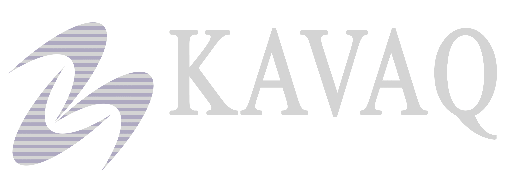Seminars - Cost Reduction & Cost Price Analysis
1. Cost Reduction & Cost Price Analysis
a. How 1 Dollar Saved in Purchasing Equals 6 or more in Sales - 5 mins
b. How to do ABC Analysis with Robi Bendorf - 20 mins
c. How to Resist a Price Increase from the Supplier - 12 mins
d. Getters vs Buyers & Price vs Total Cost of Ownership - 4 mins
e. How to Show to your Top Management that you're doing a good job, even when Prices are going up? - 4 mins
f. Price Analysis vs Cost Analysis Difference? - 3 mins
1. HOW TO USE WHAT YOU HAVE JUST LEARNED INTO YOUR PITCH - Cost Reduction & Cost Price Analysis
a. How 1 Dollar Saved in Purchasing Equals 6 or more in Sales
Question to ask:
Based on your CEO's opinion, what do you think will be his answer to the question: Which is more important sales or Procurement department?
Take Away:
Purchasing Plays an equally important role as sales. This shows how purchasing must play a strategic role in every organisation, since every dollar saved will contribute to the bottom line as if you have contributed 6 dollars or more in Sales. So the assumption here is that it is easier to achieve 1 dollar in savings as compared to 6 dollar plus in sales.
b. How to do ABC Analysis with Robi Bendorf
Question to Ask:
How many suppliers do you have? How much time do you focus on dealing with each of them?
Take Away:
A step by step process outlining how to actually classify your suppliers/inventory according to how much you spend, by focusing on the top spenders.
c. How to Resist a Price Increase from the Supplier
Question to Ask:
If you got a letter from a supplier announcing a price increase, what would be the first thing you would do/say?
Take Away:
We teach how to use 1 Word that helps to avoid price increases from suppliers. Plus a step by step process documenting what you did to resist the price increase, which many times result in suppliers withdrawing the price increase. Finally, even when the price increase may be accepted, you will have full documents to show that you did an outstanding job resisting the price increase.
d. Getters vs Buyers & Price vs Total Cost of Ownership
Question to ask:
Do you consider your people to be Getters or Buyers?
Take Away:
Getters are simply people who simply gets things without knowing the cost structure, don't know the market, & even they don't know what they're buying - they simply buy what they are told to buy without thinking, to process paper and input data into computer. We teach in our training how to move people from Getters to Buyers who show they are contributing to the bottom line.
What your day would be if your supplier did all they are supposed to do?
That would mean that a Real Buyer bought effectively with a low of Total Cost of Ownership, and then focus his time on value added activities rather than fire-fighting delivery delays, non-conformity to specifications etc. This is the most important aspect of any deal with suppliers, where you may find out that the highest price is the lowest TCO and vice versa. And that's what we teach.
e. How to Show to your Top Management that you're doing a good job, even when Prices are going up?
Question:
If you Top Management took you into account for not savings enough and paying high prices, how would you show your management that you still did a great job?
Take Away:
Even when prices are increasing, you can show to top management that you've done a good job, by simply outlining what has been the price increase in the market and what price you paid for the goods. This is what we actually teach in the training ie how to do the calculations and show this to top management.
f. Price Analysis vs Cost Analysis Difference?
Question:
How do you Select between different quotes?
Take Away:
Chosing the lowest price among 3 quotes may mean nothing, since you may have been quoted the 3 highest prices in the world. Or you may have got a lower price but a higher Total Cost of Ownership (TCO). That's when we move away from Price Analysis to Cost Analysis.
So while in Price Analysis we simply analyse price differences in quotes given, in Cost Analysis we determine what are the actual costs of the supplier eg:
- material cost, labour cost, Overhead cost, plus the profit margin.
This is what we teach in the training, by first explaining how to do it, and then providing an exercise where you do this.
